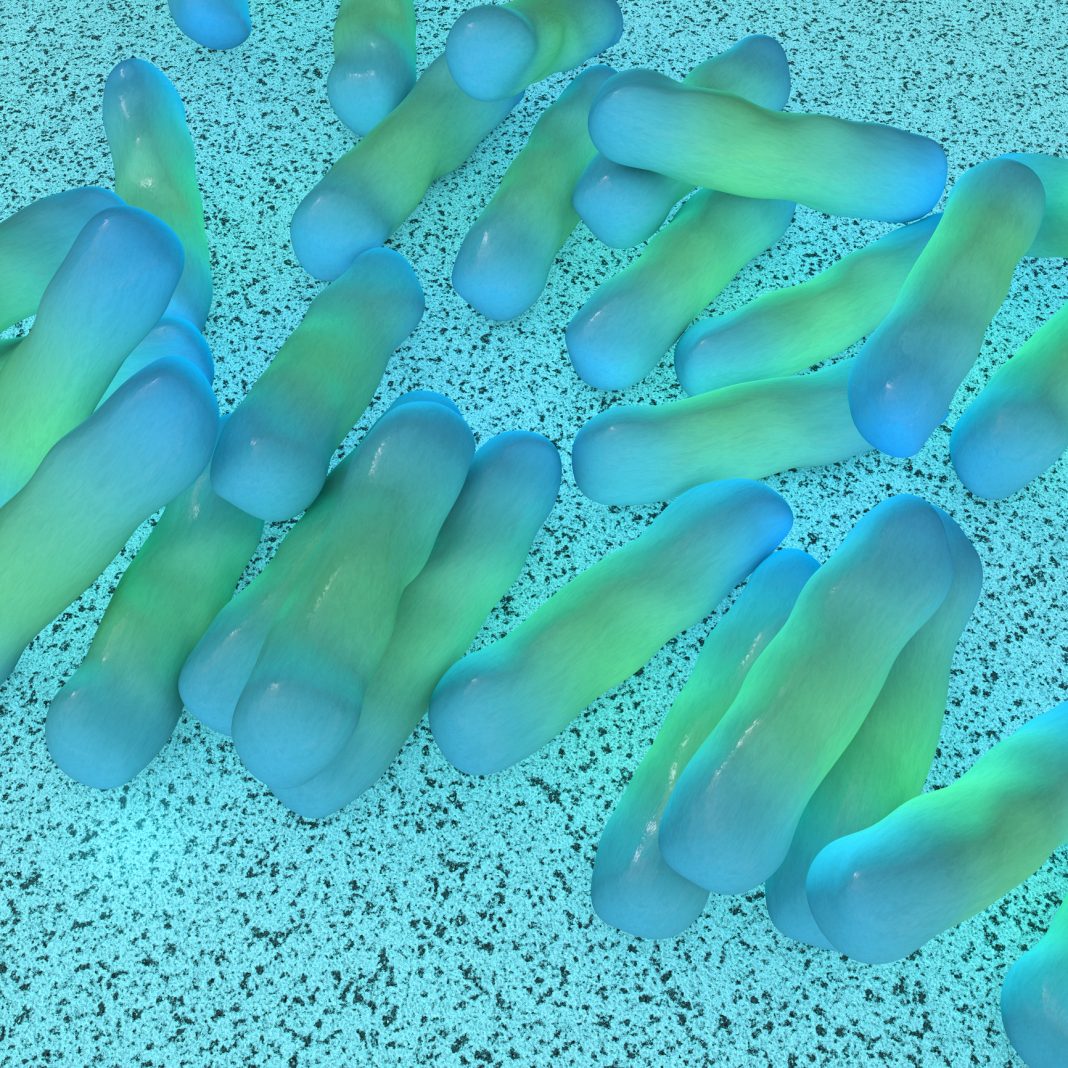Find out here about Dr. Bakovic, an internationally recognized researcher in membrane biogenesis, nutrient transport, and natural health product characterization
I, Dr. Bakovic, am an internationally recognized researcher in membrane biogenesis, nutrient transport, and natural health product characterization. My laboratory was the first to clone and elucidate the mammalian Pcyt2 gene and protein structure and function. This is an unexplored research area, and my group was uniquely positioned to initiate the first studies on the regulation and function of this key enzyme for membrane lipid phosphatidylethanolamine (PE) synthesis.
Most of the current knowledge about PE metabolism has resulted from my group’s fundamental research. They established how Pcyt2 activity and expression are regulated, which capitalized on identifying the first Pcyt2 inhibitors, meclizine and CHY-1.
Pcyt2 is essential for survival, and its activity is regulated by nutrient deficiency and alternative splicing. There are three Pcyt2 proteins produced by alternative splicing with distinct enzyme activities, and proteomic research revealed differences in phosphorylation regulation. The altered splicing mechanism modifies Pcyt2 expression and activity in cancers, highlighting the possibility of developing PCYT2-specific inhibitors for cancer treatment.
ETKO, Pcyt2 deficient mice
My group produced and extensively studied ETKO, Pcyt2 deficient mice, which are the most suitable animal models for studying the progression of metabolic diseases, including obesity, hypertriglyceridemia, insulin resistance, and metabolism-associated steatohepatitis (MASH). The most exciting and, at the time, completely unexpected discovery of Pcyt2 function was obtained when they produced ETKO knockout mice with a heterozygous deletion of the Pcyt2 gene. This deletion caused serious pathological consequences, including the progressive development of metabolic disease.
Before this model, it was utterly unknown whether membrane ethanolamine phospholipids (PE) or any membrane lipid pathway could have such a dramatic impact on body fat (triglyceride) metabolism and the development of diabetes. The ETKO model was the first animal model to show the direct effect of membrane lipid homeostasis on energy metabolism.
The earliest compensatory changes in ETKO metabolism occur before pathological symptoms develop. They include reduced expression of genes related to the mitochondrial oxidation of fatty acids accompanied by increased expression of genes related to fatty acid production from glucose, resulting in weight gain, insulin resistance, and disease progression.
Therefore, the ETKO model identified ethanolamine phospholipids and the main regulatory enzyme Pcyt2 as essential defense mechanisms against lipid metabolic disorders. The impairments in PE and Pcyt2 were subsequently confirmed in other animal models and in human obesity and type 2 diabetes.
Gene-diet interactions research
I am among the first scientists in Canada to investigate gene-diet interactions related to personalized nutrition and to develop and teach undergraduate and graduate courses in nutritional genomics at the university level. Currently, no approved medical treatments for chronic inflammatory diseases exist, and nutritional interventions are widely recognized as beneficial alternatives.
In this respect, I demonstrated the benefits of essential nutrients (choline and betaine) and bioactive compounds (sulforaphane, falcarinol, anthocyanins, and beta-glucan) for chronic metabolic diseases and inflammation. This research became necessary for my collaborative genomic and metabolomic research in accompanying animals, particularly for cat obesity and liver lipidosis.
To include more benefits from natural food products, I was heavily involved in developing and testing naturally derived nonlipid nanoparticles and nanofibers, work that resulted in two international patents and the establishment of a nanomaterial company, PsiGryph Inc. (in partnership with the University of Guelph, Guelph Accelerator, Innovation Guelph, ONEIA, and Ontario BioScience).
Neurodegeneration research
My knowledge and expertise in choline and ethanolamine transport and choline transporter-like protein 1 (SLC44A1/CTL1) recently resulted in the major discovery of a new neurodegenerative disease caused by frameshift mutations in the SLC44A1/ CTL1 gene. I led an international group of scientists to study the neurodegeneration caused by mutations in the CTL1/SLC44A1 gene. In fact, we discovered a new disease – an event that is not very frequent in research.
The disease is now officially known as CONATOC because of its complex clinical characteristics, including Childhood-Onset Neurodegeneration with Ataxia, Tremor, Opticatrophy, and Cognitive decline (see https://omim.org/entry/618868 and https://monarchinitiative.org/MONDO:0030028).
Research funding and collaboration
The Canadian Institutes of Health Research-CIHR currently fund this work to initiate patient-oriented clinical studies, as well as to generate in vivo (SLC44A1 knockout mice) and in vitro (patient-derived pluripotent stem cell) models to address this disease mechanistically and therapeutically. Due to its novelty and key symptoms, I am collaborating with researchers and physicians from the UK, Belgium, Denmark, Israel and Canada to gain further insights into the clinical appearance of CONATOC, with a particular focus on pathophysiology, brain imaging and potential treatments.
My group is pursuing a complex genomic and lipidomic/metabolomic study of patients’ cells and plasma that will reveal the leading biological pathways and metabolites causing the disease for the first time. They have produced a collection of skin cell fibroblasts. My group will continue studying the disease pathology in those fibroblasts, including changes in metabolism and organelle function, and developing and testing various treatment strategies.
My group, in collaboration with the University of Ottawa, produced stem cells from two Ontario patients. They are currently differentiating them into glial, microglial, and neuronal cultures to generate a mechanistic understanding of and develop potential therapeutic strategies for individuals with high-risk phospholipid-related genotypes and for other forms of neurodegenerative disorders.


